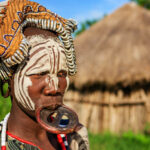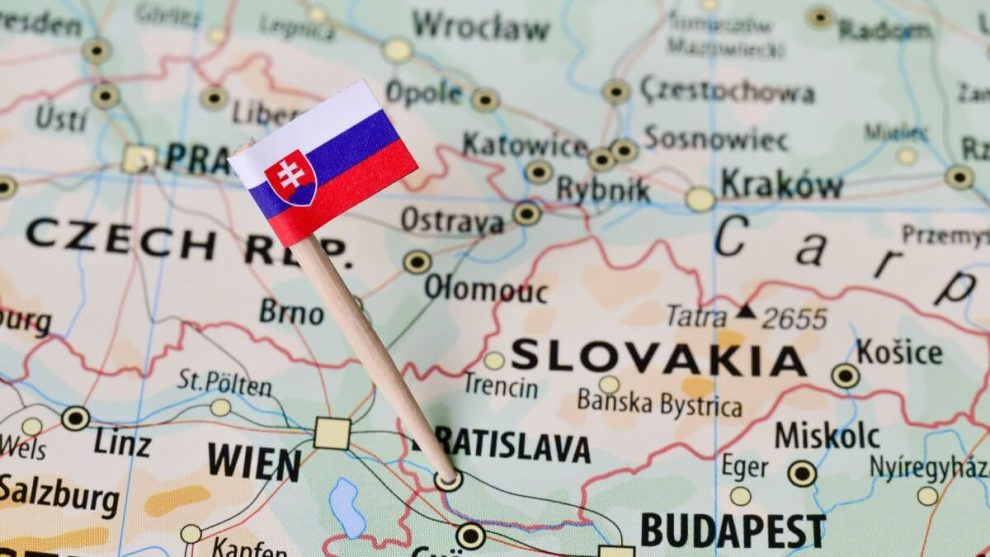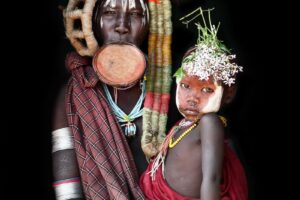Slovakia, officially known as the Slovak Republic, is a landlocked country located in Central Europe. It shares borders with five other countries: Poland to the north, Ukraine to the east, Hungary to the south, Austria to the southwest, and the Czech Republic to the northwest. With a population of approximately 5.5 million people, Slovakia covers an area of about 49,000 square kilometers (19,000 square miles).
Slovakia has a rich history that dates back to ancient times. The Slavs, an Indo-European ethnic group, settled in the region during the 5th and 6th centuries. Throughout the centuries, Slovakia has been influenced by various powers, including the Kingdom of Hungary, the Habsburg monarchy, and the Austro-Hungarian Empire. Following World War I, Czechoslovakia was formed, which included both the Czech and Slovak regions. However, in 1993, the country peacefully split into two separate nations, the Czech Republic and Slovakia.
The capital and largest city of Slovakia is Bratislava, situated on the banks of the Danube River. Bratislava is known for its charming Old Town, which features historical buildings, narrow streets, and picturesque squares. The city also boasts several notable landmarks, including Bratislava Castle, St. Martin’s Cathedral, and the UFO Observation Deck, offering panoramic views of the city.
Slovakia is characterized by its diverse landscapes, ranging from towering mountain ranges to rolling hills and fertile plains. The High Tatras, part of the Carpathian Mountains, dominate the northern region of the country and attract outdoor enthusiasts with their stunning beauty and opportunities for hiking, skiing, and mountaineering. The country is also home to numerous national parks, such as the Slovak Paradise National Park and the Low Tatras National Park, offering abundant natural beauty and wildlife.
In terms of culture, Slovakia has a rich folk tradition, which is celebrated through music, dance, and traditional crafts. Folklore festivals, such as the Východná Folklore Festival, showcase colorful costumes, lively music, and traditional dances that have been passed down through generations.
Slovakia’s economy has transitioned from a centrally planned system to a market-oriented one since its independence. It has a strong industrial base, with sectors such as automotive manufacturing, machinery, electronics, and information technology playing significant roles. The country is also known for its stunning castles and historical sites, such as Spiš Castle, which is listed as a UNESCO World Heritage Site.
In recent years, Slovakia has become an attractive tourist destination, offering a blend of natural beauty, historical landmarks, and cultural experiences. Visitors can explore charming towns and cities, indulge in traditional Slovak cuisine, and enjoy outdoor activities in the country’s scenic landscapes.
In conclusion, Slovakia is a captivating country in Central Europe, with a rich history, stunning landscapes, and a vibrant cultural heritage. Whether you are interested in exploring historical sites, enjoying outdoor adventures, or immersing yourself in the local culture, Slovakia has much to offer for travelers seeking an authentic European experience.



















Add Comment